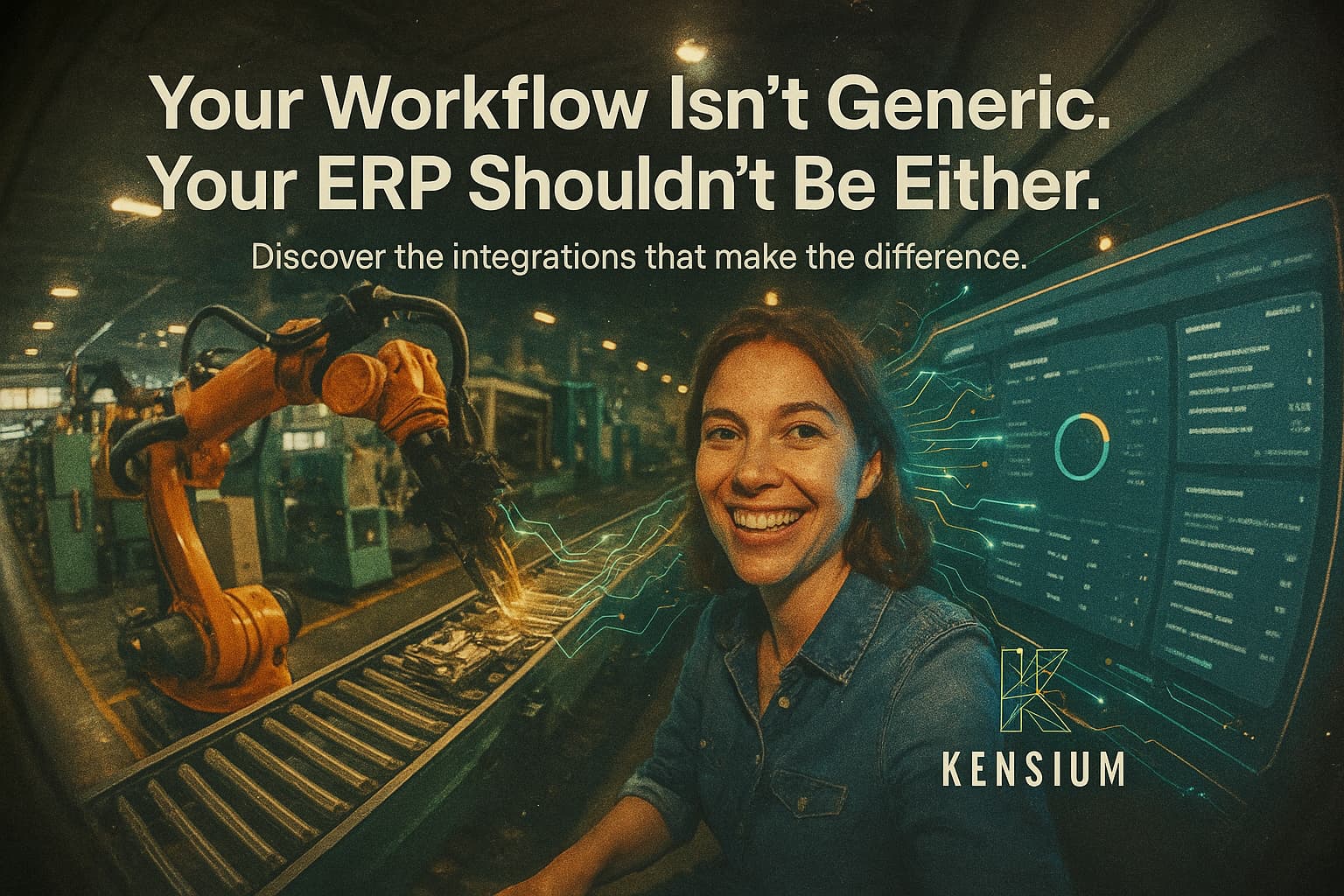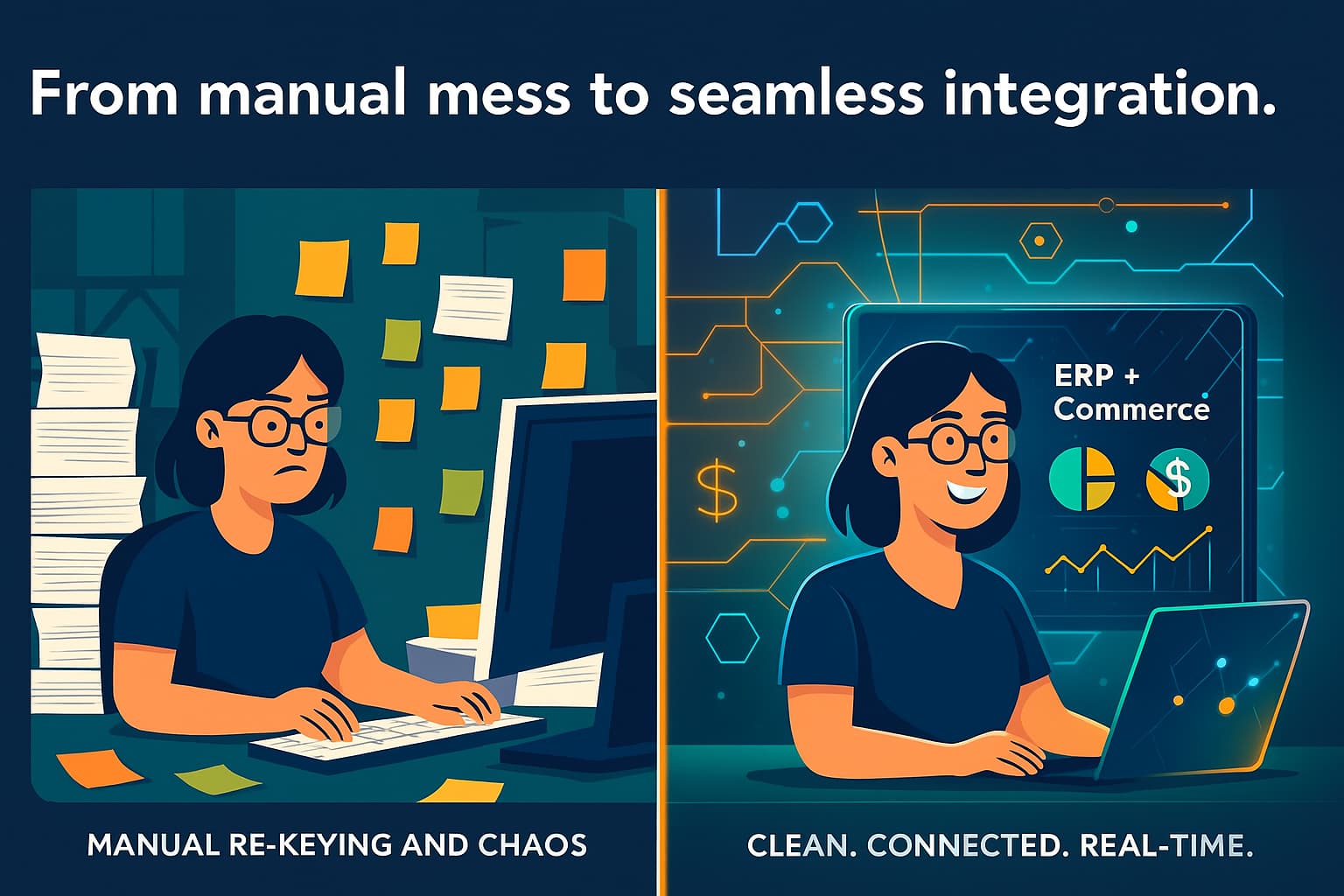
Your ERP is a powerful tool, and it allows you to manage your day-to-day operations effectively and efficiently. One of the many functions your ERP handles is your Interchange management. Whenever a payment is made, there is a fee for every transaction, and you need to ensure that every credit card or debit card transaction gets the lowest rate possible for the type of card used at checkout. Even if you get a great price plan, that doesn’t mean you qualify for the lowest interchange level, causing you to pay more than you need to with every transaction.
To ensure you’re getting the best price possible for interchange rates, it’s crucial to be diligent when managing the fees associated with accepting online payments. If you don’t have the right payment solution, you could be missing out on money that could otherwise be in your pocket. Let’s look at how interchange rates are applied and how to manage them.
How Are Interchange Rates Applied
Every credit card network has its own interchange rates. These are typically updated twice a year, in April and October. You can locate the current rates and fees directly from the card company. Typically, interchange fees are calculated as a percentage of the sale plus a fixed fee (for example, 1% + $0.10). This ensures the card company receives the optimal payment no matter the dollar amount of the original transaction.
Percentages vary depending on the way the transaction is categorized. This rate is called the interchange qualification. These calculations occur on a per-transaction basis, and the interchange rate depends on several factors. The factors that affect the percentage are:
- Processing Method – If a card is used at a physical location, the rate may be lower than a card used online.
- Transaction Data – Rates are lower if the transaction is more secure. Data regarding address verification (AVS) or CVV codes are more secure and may qualify a transaction at a lower rate.
- Merchant Category – There are specific interchange categories provided for certain merchant category codes (MCCs).
- Card Type – Premium credit cards have higher interchange fees but lower for debit cards with a PIN. Other card types vary depending on the type and security of the transaction.
- Card Brand – Bank-issued cards that offer rewards like cash back or a percentage of purchase back have higher interchange rates.
- Card Owner – The ownership of a card influences the interchange rate. Ownership can be an individual, business, corporation, or municipal agency.
Interchange Rate Levels
There are three levels of interchange fees that businesses process transactions via an ERP system. Depending on the criteria above, the rate level is assigned.
Level 1 Interchange:
Level 1 data is the minimum standard all transactions must meet. It refers to B2C (business-to-customer) transactions. It also has the highest interchange rate because of the minimum security requirements.
Level 1 data includes:
- Card number
- Date of transaction
- CVV code
- Zip Code
- Merchant Name
- Transaction amount
Level 2 Interchange:
Level 2 Interchange rates require less data to secure the transaction. Therefore, the fee is higher to process. Level 2 data requires a standalone credit card terminal, or an online gateway equipped to handle the collected data. If you’re a B2B merchant and process large orders, it’s worth collecting this data to obtain a cheaper rate.
Level 2 data includes:
- Merchant Name
- Transaction Amount
- Tax Amount (Between 0.1% and 31% of the total amount)
- Transaction Date
- Customer Code or PO number
- Merchant Zip Code
Level 3 Interchange:
Most merchants won’t qualify for Level 3 Interchange rates because they simply don’t do enough business. But, as a B2B seller with an ERP, you are more likely to be qualified. This level is where interchange rates are the lowest.
When a transaction occurs, the data includes line-item detail about the purchased item, address verification, and additional security measures taken. The low cost is a way to encourage and provide an incentive to collect more data about a purchased item.
Level 3 data requires the same information as Level 2 but also requires the following information:
- Ship-From Zip Code
- Destination Zip Code
- Invoice Number
- Order Number
- Item Product Code
- Item Commodity Code
- Item Description
- Item Quantity
- Item Unit of Measure
- Item Extended Amount
- Freight Amount
- Duty Amount
How We Help
When you handle your transactions through an ERP, you can gain as much as $7,000 for every million dollars by having a payment solution that qualifies transactions at a Level 3 Interchange. Kensium’s Acumatica ERP provides an integrated solution from the payment processor you need to save money and ensure the most secure transactions for your customers. They’ll have the peace of mind that their data is safe, and they get a fair price even with the processing fees. Contact Kensium today to find out how we can help you secure your transactions and get the lowest Interchange rates today.








.png)

















































-small.jpeg)






